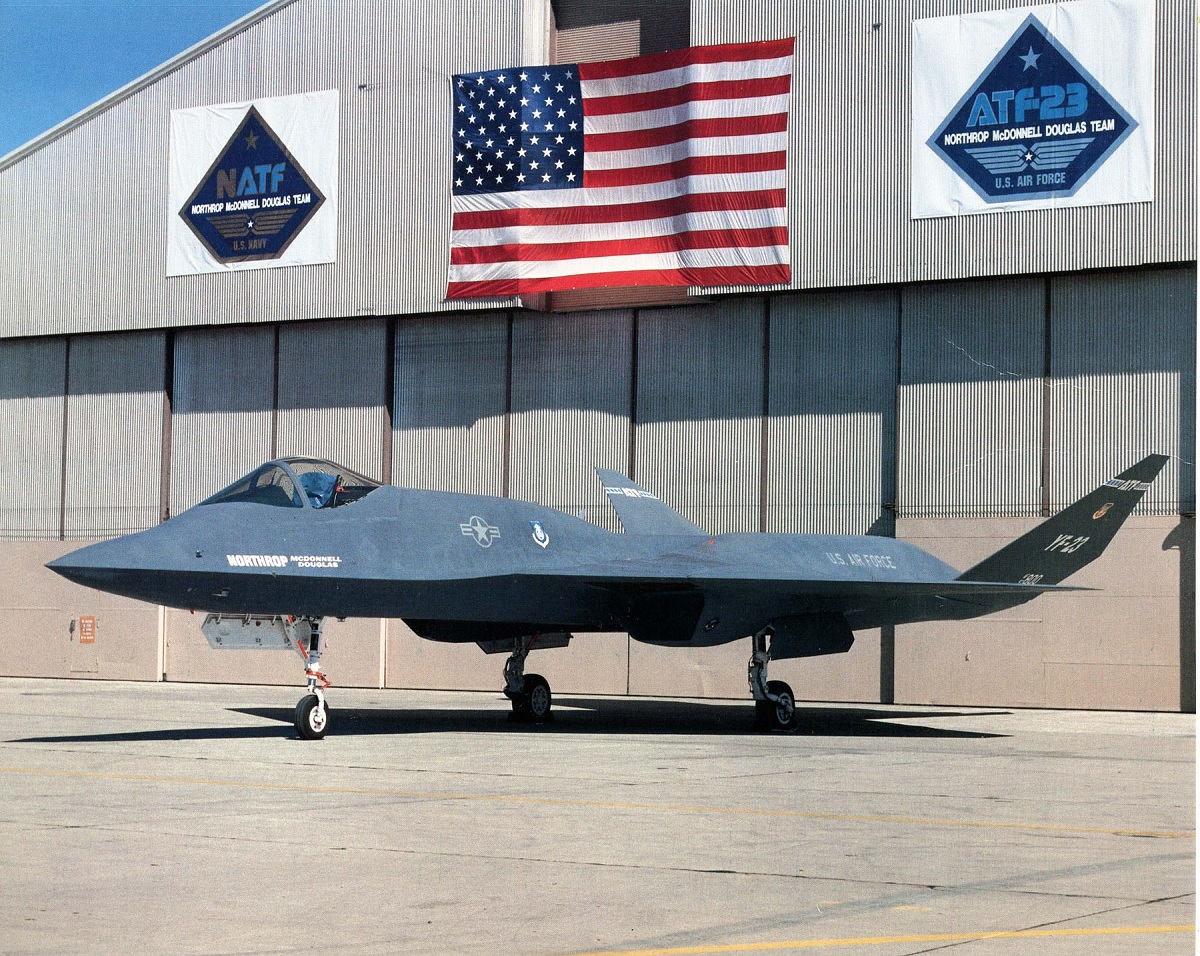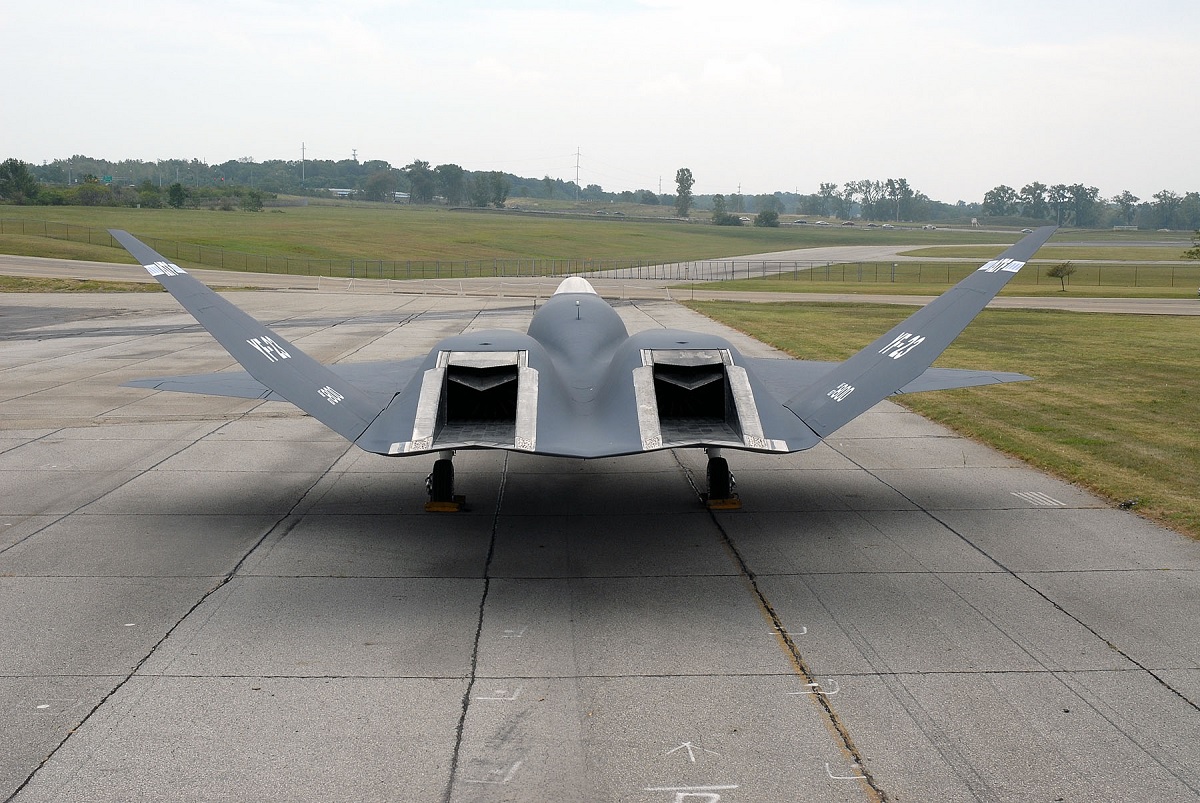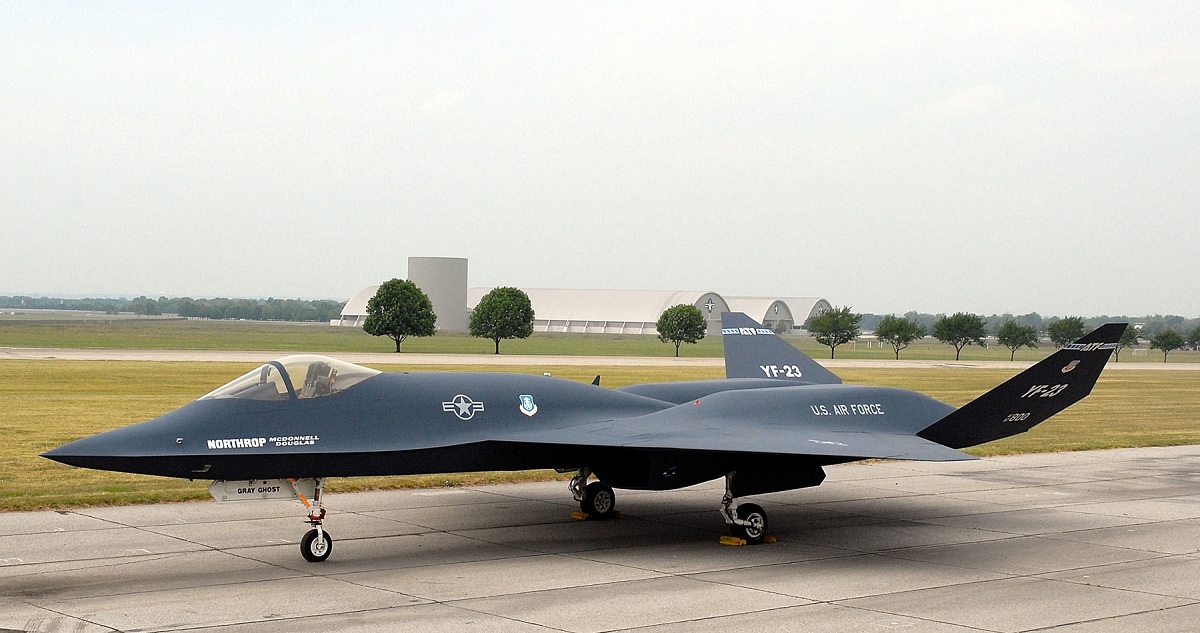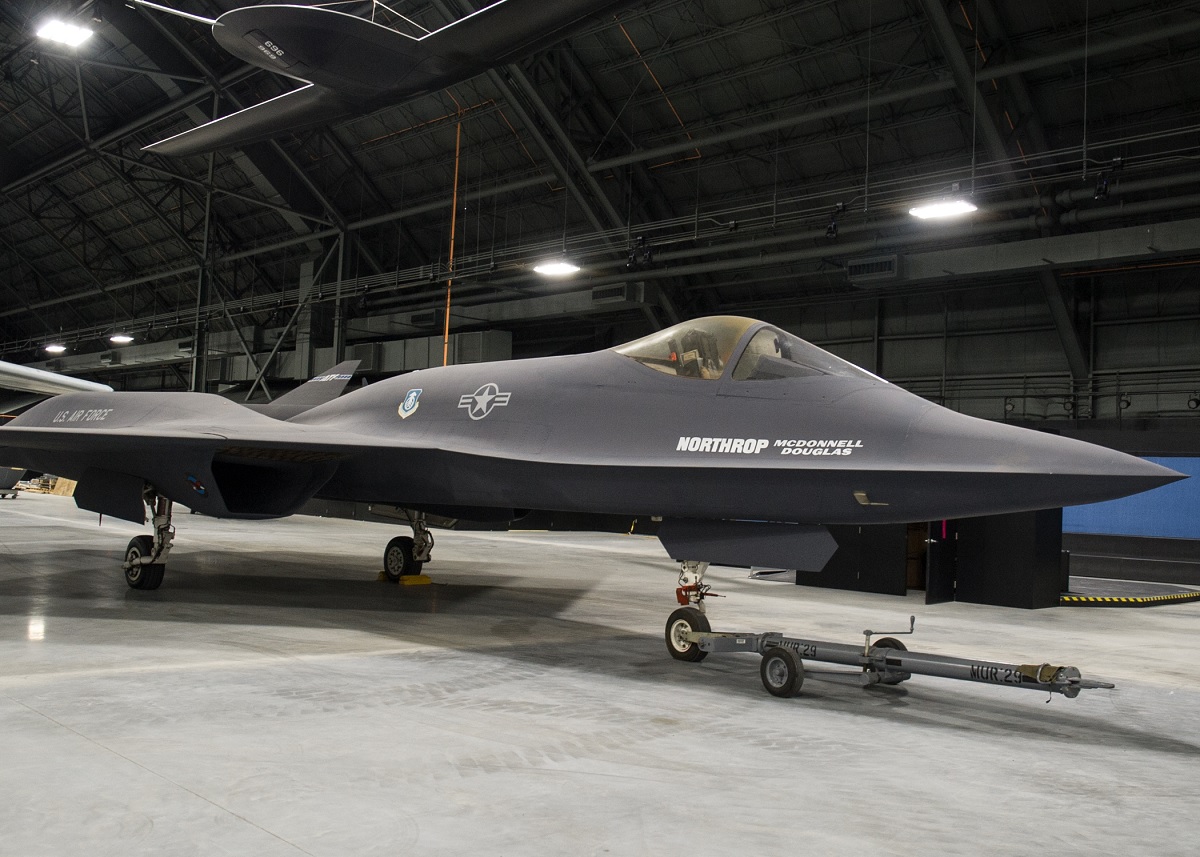There are still rumors that a clandestine strike version of the YF-23 was created to perform a function comparable to the F-111
The U.S. Air Force (USAF) was prompted to look for a replacement for the F-15 Eagle air dominance fighter in the late 1970s as a result of a new generation of Soviet fighters and Surface-to-Air Missiles (SAMs).
Due to this, the USAF awarded demonstration contracts to two rival industry teams in 1986: Lockheed-Boeing-General Dynamics (whose proposal was the YF-22A) and Northrop-McDonnell Douglas (whose proposal was the YF-23A), who would have competed for one against the other in the Advanced Tactical Fighter (ATF) program.
Employing CloudDesktopOnline’s virtual desktop service, it is simple to execute CAD modeling on aircraft designs and structures with high-performance CPUs and improved GPU acceleration. To find out more about cloud products, go to www.Apps4Rent.com right now.

The Northrop YF-23A was created to satisfy the USAF’s requirements for supercruise, survivability, and ease of maintenance. The Pratt & Whitney YF119-PW-100L and the General Electric YF120 engines were vying against one another to meet the latter criterion. These new engines, known as Augmented Turbofans, would have allowed the YF-22 and YF-23 to fly supersonic without utilizing the afterburner, conserving fuel and enhancing their combat effectiveness and range.
The first YF-23 (series number 87-0800), Prototype Air Vehicle 1 (PAV-1), was unveiled on June 22, 1990, and Alfred “Paul” Metz piloted it for its 50-minute maiden flight on August 27. The second YF-23 (serial number 87-0801, PAV-2) had its first flight on October 26, piloted by Jim Sandberg. The first plane had a charcoal gray paint job and the unofficial names “Spider” and “Black Widow II,” the latter after the Northrop P-61 Black Widow from World War II because it had a red hourglass marking similar to the one on the underside of the black widow spider before Northrop management ordered it removed. The second prototype, known as “Gray Ghost,” had General Electric YF120 engines and was painted in two different tones of gray.

The YF-23 placed a strong emphasis on stealth features; Northrop decided against adopting thrust vectoring for aerodynamic control, as was done on the Lockheed YF-22A, in order to save weight and boost stealth.
On September 18, 1990, the Pratt & Whitney-powered first YF-23 supercruised at Mach 1.43, and on November 29, 1990, the General Electric-powered second YF-23 reached Mach 1.6. In contrast, the YF-22’s supercruise speed was Mach 1.58. With afterburners, the YF-23 was tested to a top speed of Mach 1.8 and a maximum angle of attack of 25°. Although reports claim a top speed greater than Mach 2 at altitude and a supercruise speed greater than Mach 1.6, the top speed is classified.

The weapons bay of the aircraft was set up for weapon launch and used to test the acoustics of the weapons bay, but no missiles were actually launched; instead, Lockheed successfully launched AIM-9 Sidewinder and AIM-120 AMRAAM missiles from its YF-22 demonstration aircraft.
On November 30, 1990, PAV-1 carried out a quick-fire combat exercise with six flights spread over ten hours. The two YF-23s flew 50 times for a total of 65.2 hours of flight testing as of December. The tests confirmed Northrop’s predictions for the YF-23’s performance values: the YF-23 was faster and more stealthy, but the YF-22 was more agile.

The two contractor teams presented evaluation findings along with their proposals in December 1990, and Secretary of the Air Force Donald Rice declared on April 23, 1991, that the YF-22 was the victor and that the YF119 would be used as the F-22’s engine instead of the YF120. The designs from Lockheed and Pratt & Whitney received higher marks for their technical merits, were judged to have fewer risks, and had better program management.
After the competition, both YF-23s were sent to NASA’s Dryden Flying Research Center at Edwards AFB in California without their engines. NASA had intended to utilize one of the aircraft to explore methods for calibrating expected loads to evaluate flight results, but this did not happen.

Up until mid-1996, both YF-23 airframes were in storage before being moved to museums.
In 2004, Northrop Grumman made a noteworthy proposal for a bomber based on the YF-23 to satisfy a USAF requirement for an interim bomber, for which the FB-22 and B-1R were also in the running. When the Quadrennial Defense Review preferred a long-range bomber with a far larger range, which developed into the Next-Generation Bomber program and then became the Long Range Strike Bomber (LRS-B) heavy bomber program, the opportunity for the YF-23 to serve in this role was lost in 2006. Northrop-Grumman ultimately prevailed in the LRS-B competition with its B-21 Raider.

While the YF-23A PAV-2, AF ser. no. 87-0801, is on display at the Western Museum of Flight at Torrance Airport in Torrance, California, the YF-23A PAV-1, Air Force serial number 87-0800, is currently on display in the Research and Development hangar of the National Museum of the United States Air Force close to Dayton, Ohio.
However, as stated by Air Forces Monthly Publication Stealth Operation Declassified, there are still suspicions that a classified strike variant of the YF-23 was created to perform a duty comparable to that of the F-111 despite the fact that the two prototypes were decommissioned.

Source: U.S. Air Force
Photo by U.S. Air Force


